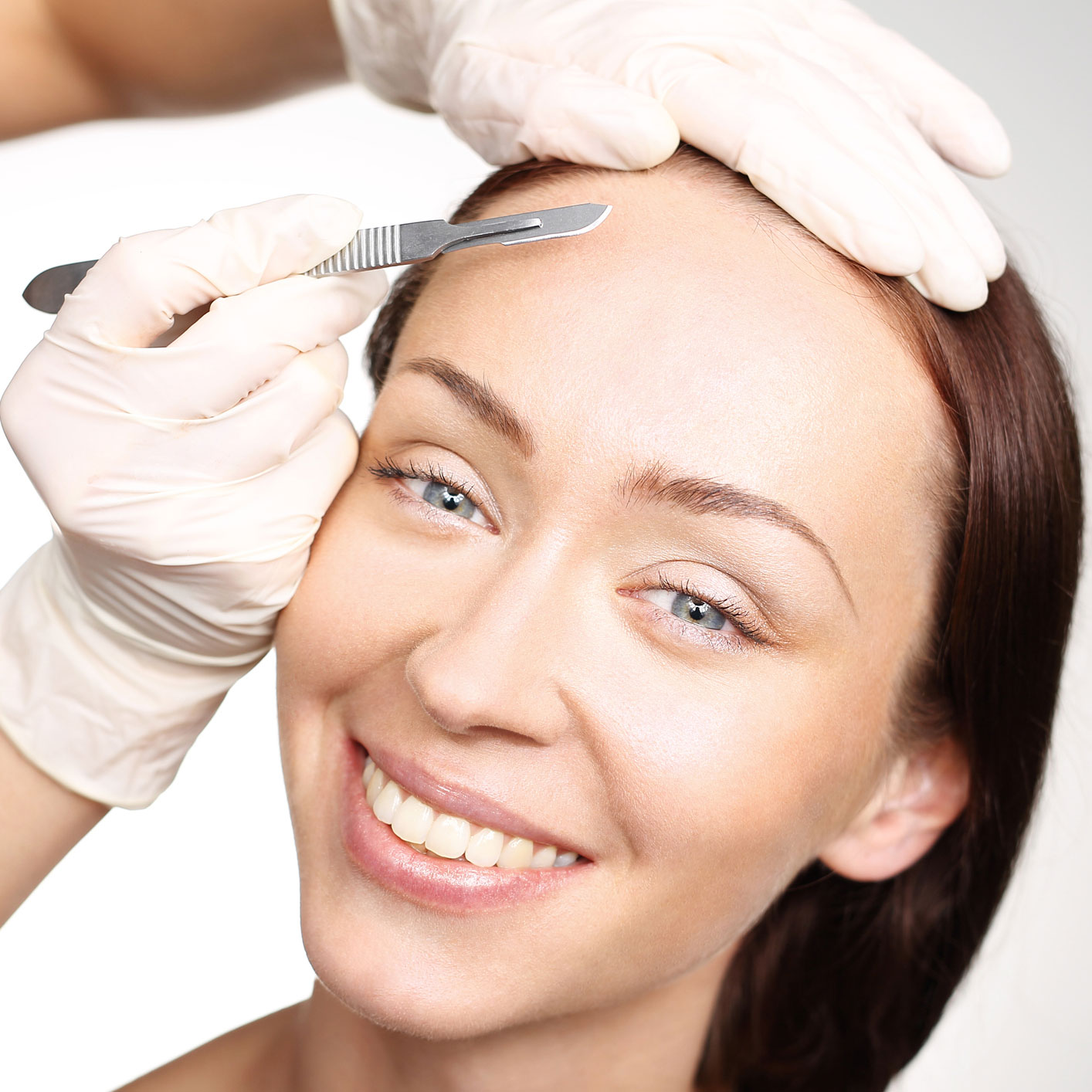Dermaplaning is a popular skincare treatment that promises to reveal smoother, brighter skin by removing dead skin cells and peach fuzz. This method not only enhances the overall appearance of the skin but also prepares it for better absorption of skincare products. In this article, we will delve into what dermaplaning is, its benefits, the steps to perform it safely, and aftercare tips to ensure your skin remains healthy and glowing.
Whether you are considering dermaplaning for the first time or looking to refine your technique, understanding the process is crucial. This guide is designed to provide you with expert insights and practical advice to achieve the best results. We will also highlight the importance of consulting with a skincare professional and the right products to use post-treatment.
By the end of this article, you will have a clear understanding of how to dermaplane effectively and safely at home or in a professional setting. Let’s get started on your journey to radiant skin!
Table of Contents
- What is Dermaplaning?
- Benefits of Dermaplaning
- How to Dermaplane
- Preparation for Dermaplaning
- Step-by-Step Guide to Dermaplaning
- Aftercare for Dermaplaning
- Common Mistakes to Avoid
- Conclusion
What is Dermaplaning?
Dermaplaning is a cosmetic procedure that involves the use of a sterile surgical scalpel to gently exfoliate the surface of the skin. This technique removes dead skin cells and fine vellus hair (commonly known as peach fuzz) from the face. The process not only enhances the texture and tone of the skin but also allows for better penetration of skincare products.
Benefits of Dermaplaning
Dermaplaning offers several key benefits, including:
- Exfoliation: Removes dead skin cells, revealing fresh, youthful skin.
- Hair Removal: Eliminates fine hair that can trap dirt and oil.
- Enhanced Product Absorption: Allows skincare products to penetrate deeper into the skin.
- Smoother Makeup Application: Creates a flawless canvas for makeup.
- Improved Skin Tone: Promotes a more even skin tone and texture.
How to Dermaplane
Preparation for Dermaplaning
Before you start dermaplaning, it is essential to prepare your skin properly. Here are some key steps to take:
- Cleanse your face thoroughly to remove any makeup and impurities.
- Pat your skin dry with a clean towel.
- Consider using a gentle exfoliating product 1-2 days prior to dermaplaning for optimal results.
- Ensure your skin is free from active acne, irritation, or any recent chemical treatments.
Step-by-Step Guide to Dermaplaning
Follow these steps to perform dermaplaning effectively:
- Hold the skin taut with one hand.
- Using a sterile surgical scalpel, hold it at a 45-degree angle.
- Gently glide the scalpel across the skin in short, feathery strokes.
- Work in sections, starting from the forehead and moving down to the cheeks and chin.
- Wipe the blade frequently on a clean tissue to remove debris.
- Once complete, cleanse the skin with a gentle cleanser.
- Apply a soothing serum or moisturizer to hydrate the skin.
Aftercare for Dermaplaning
Taking care of your skin post-dermaplaning is crucial for maintaining results. Here are some aftercare tips:
- Avoid direct sunlight and apply sunscreen to protect your skin.
- Refrain from using active ingredients such as retinol or alpha hydroxy acids for 24-48 hours.
- Keep your skin hydrated with gentle moisturizers.
- Avoid makeup application for at least 24 hours to allow your skin to breathe.
Common Mistakes to Avoid
While dermaplaning can yield fantastic results, there are common mistakes to avoid:
- Using a dull blade can lead to skin irritation.
- Dermaplaning on inflamed or acne-prone skin can exacerbate the condition.
- Skipping aftercare can lead to irritation or sun damage.
Conclusion
Dermaplaning can be a transformative addition to your skincare routine, revealing smoother, more radiant skin. By following the proper steps and taking care of your skin before and after the procedure, you can achieve the best results. Remember to consult with a skincare professional if you have any concerns or specific skin conditions.
If you found this article helpful, please leave a comment, share it with your friends, or explore other skincare articles on our site!
Sources:
You Might Also Like
Kevin Hart's Son: A Glimpse Into The Life Of Kenzo Kash HartEverything You Need To Know About Alexa Marie Aikman: Biography, Career, And More
Understanding Aries And Libra Compatibility: A Deep Dive
Taraji P. Henson's Husband: A Deep Dive Into Their Relationship
Annie D'Angelo Wiki: The Life And Career Of A Notable Personality
Article Recommendations
- Kimberly Guilfoyle
- Elon Musk Mom Satanist
- Tony Vitello Wife
- Loni Willison Now
- Peloton Commercial Song
- Music Matters
- Vegamovies Netflix Bollywood
- Taylor Swifts Parents Divorced
- Movies4u South Hindi Dubbed
- Kaitlyn Krems Onlyfans Leaked


